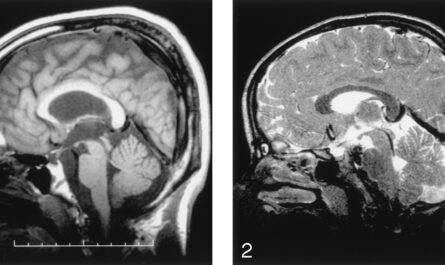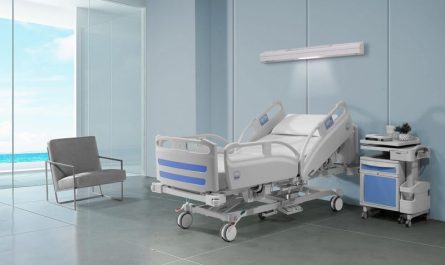“Essential First Aid Kit Supplies: A Comprehensive Guide For Every Situation”
The Importance of Having a Well-Stocked First Aid Kit
Accidents and injuries are an unfortunate part of everyday life. However, with some basic first aid knowledge and supplies, you can be prepared to handle minor emergencies until professional medical help arrives. Having a well-stocked first aid kit at home, in your vehicle, and other locations is crucial.
Essential Items for Every First Aid Kit
Every first aid kit should contain certain basic supplies that can treat a wide range of common injuries and medical issues. Some essential items include:
– Adhesive bandages: Band-Aids help protect wounds from infection. Include various sizes.
– Gauze pads: Used to apply pressure to wounds and control bleeding. Sterile gauze rolls are ideal.
– Adhesive tape: Used to secure dressings and splints. Waterproof medical tape is best.
– Antiseptic: Cleansing wounds helps prevent infection. Options include betadine solution, hydrogen peroxide, or rubbing alcohol.
– Pain relievers: Acetaminophen or ibuprofen treats pain and reduces fever. Include oral medications in original packages.
– Antibiotic ointment: Promotes healing and prevents infection of minor cuts and abrasions.
– Cold pack: Reduces swelling from sprains and strains. Reusable gel packs work best.
– Scissors: Used to cut tape, gauze, or clothing during treatment. Make sure they are sterile.
– CPR face shield: Provides barrier protection during rescue breathing or CPR. Disposable resuscitation masks are recommended.
– First aid instruction book: Helps remind you treatment steps for common injuries. Include one from Red Cross, etc.
In addition to these basics, consider adding supplies tailored to your specific location and activities like sports tapes, splints, eye wash, etc. It’s important to regularly restock used items and replace outdated medications.
**First Aid Kits for Home, Work, and Travel**
While the core supplies remain the same, you’ll want to modify your first aid kits depending on where they will be used. For example:
– Home: More extensive kit with additional supplies to treat burns and small cuts. Include oral medications and equipment suitable for children.
– Car: Compact kit that withstands heat and cold. Prioritize supplies needed to control bleeding or provide warmth in remote areas.
– Work: Customized for workplace hazards. May require gloves, eye protection, sling or neck brace depending on job.
– Recreation: Focus on wilderness injuries like bites, stings, hypothermia. Waterproof, lightweight kits ideal for hiking/camping. Should be easily portable.
– Travel: Pack essentials in a small, sealable bag. Acetaminophen, diarrhea medicine, bandages, antibiotic cream, etc. helpful when away from home. For global travel, seek advice on any required immunizations or translations of medical terms.
Customizing your first aid kits means having the right supplies on hand for foreseeable emergencies. Don’t forget essential medications like your EpiPen or rescue inhalers too. Regularly inspect and rotate out expired items. Consider taking a first aid/CPR class for knowledge and confidence.
Common First Aid Treatments to Know
Beyond the physical First Aid Kit , it’s important to have some basic medical skills. Here are a few common injury treatments everyone should understand:
– Controlling bleeding: Apply firm, direct pressure over wound. Use clean gauze and elevate the injury above heart level.
– Burns: For small burns, hold affected area under cool running water for 10-30 minutes. Larger or more severe burns require immediate medical attention.
– Cuts and wounds: Clean with mild soap and water, remove debris, apply antibiotic ointment and cover with bandage. Watch for signs of infection like increased pain, swelling or oozing pus.
– Blisters: Drain fluid with sterilized needle and gently clean area. Apply antibiotic ointment and bandage allowing air circulation.
– Splinters: Wash hands and use tweezers to remove splinter under skin. Disinfect area and watch for signs of infection.
– Sprains and strains: RICE therapy – Rest, Ice 10-15 minutes several times daily, Compress with an elastic bandage, Elevate the injury above heart level.
– Choking: Administer abdominal thrusts for conscious victims. Call emergency services if victim loses consciousness or is unable to breathe/cough.
Taking the time to learn basic first aid skills and stocking well-maintained kits saves lives. Being prepared with the right supplies can help stabilize injuries until emergency help arrives. Having first aid knowledge provides peace of mind during uncertain times.
*Note:
1. Source: Coherent Market Insights, Public sources, Desk research
2. We have leveraged AI tools to mine information and compile it



